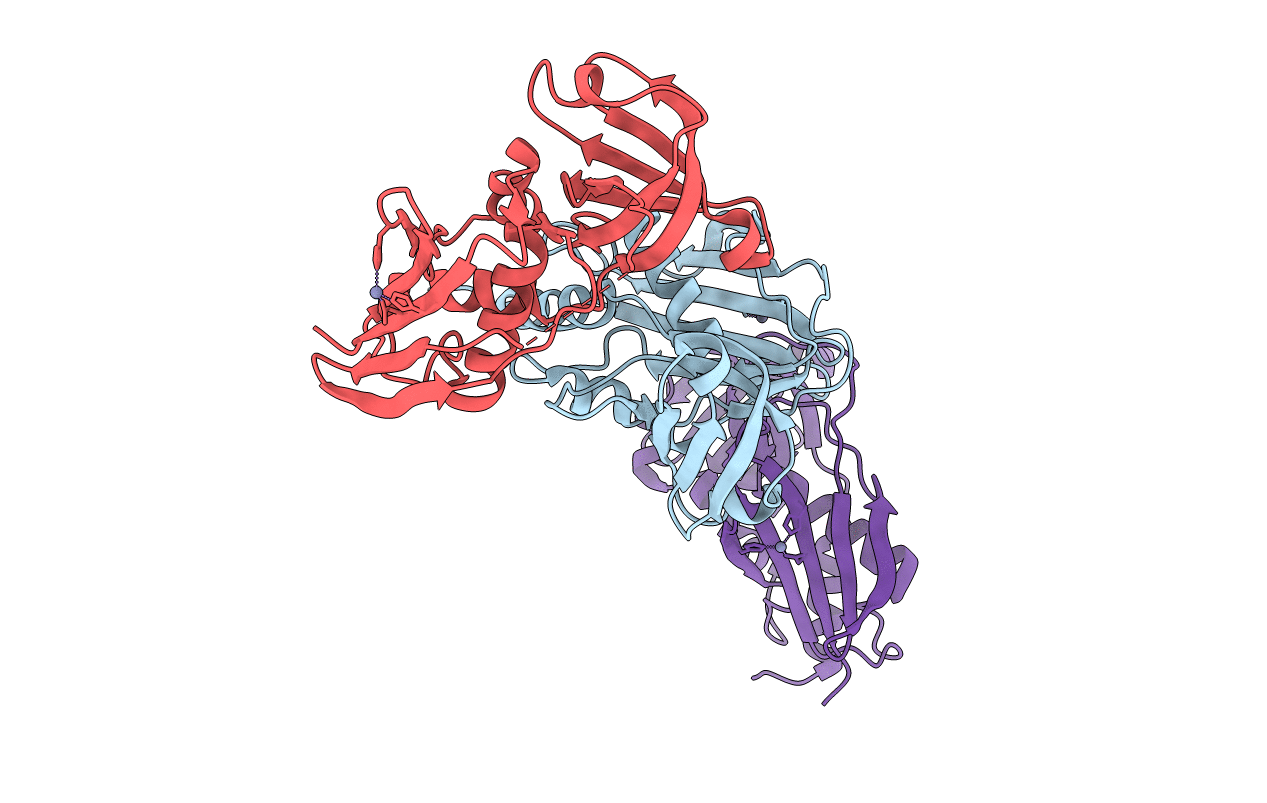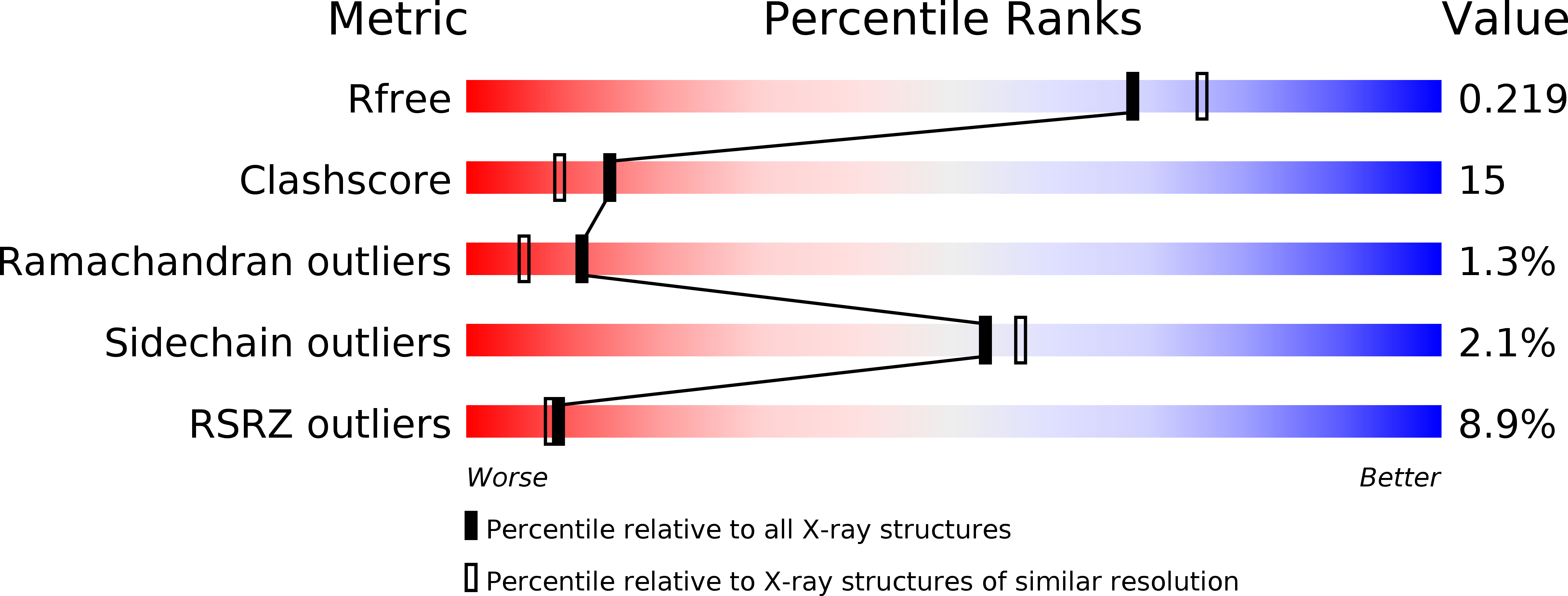
Deposition Date
2004-07-07
Release Date
2004-08-17
Last Version Date
2024-04-03
Entry Detail
PDB ID:
1TY2
Keywords:
Title:
Crystal structure of the streptococcal pyrogenic exotoxin J (SPE-J)
Biological Source:
Source Organism:
Streptococcus pyogenes (Taxon ID: 1314)
Host Organism:
Method Details:
Experimental Method:
Resolution:
2.00 Å
R-Value Free:
0.24
R-Value Work:
0.21
R-Value Observed:
0.23
Space Group:
C 1 2 1


